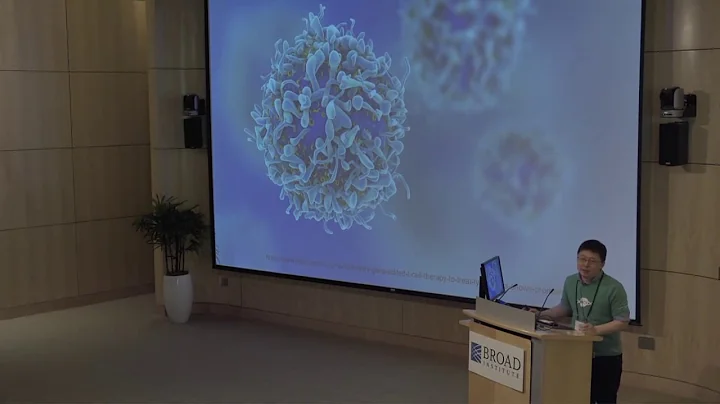MIT/Broad Institute Zhang Feng's group developed a set of encoded mRNA delivery systems - SEND (selective endogenous encapsidation for cellular delivery)(1–3).
The key to this system is to "graft" the target mRNA to be delivered onto the untranslated region of PEG10 mRNA, allowing the PEG10 protein to bind to the target mRNA; in addition, similar to the conventional virus packaging strategy, the virus-like virus composed of PEG10 protein and mRNA is The complex plus envelope proteins help it fuse and enter with specific cells. This constitutes the endogenous SEND mRNA delivery system (1).

SEND mRNA delivery system (1)
Zhang Feng said that this work illustrates the new concept of using endogenous proteins to efficiently and specifically deliver therapeutic mRNA or other molecules. Next, the applicable scope of this method will be further expanded (1, 4).
This work was published in Science(1) on August 19, 2021.

https://science.sciencemag.org/content/373/6557/882
Comments:
The ultra-low immune response brought by all endogenous sources is a focus of the application level of this system. However, being completely endogenous also brings difficulties to the high-quality purification of therapeutic virus-like particles. In the future, with the development of synthetic biology , customized engineered cells may solve this problem.
Corresponding author introduction:

https://www.broadinstitute.org/bios/feng-zhang
References:
1. M. Segel et al., Mammalian retrovirus-like protein PEG10 packages its own mRNA and can be pseudotyped form RNA delivery. Science (80-. ). 373, 882–889 (2021).
2. M. Abed et al., The Gag protein PEG10 binds to RNA and regulates trophoblast stem cell lineage specification. PLoS One. 14, e0214110 (2019).
3. E. D. Pastuzyn et al., The Neuronal Gene Arc Encodes a Repurposed Retrotransposon Gag Protein that Mediates Intercellular RNA Transfer. Cell. 172, 275-288.e18(2018).
4. Feng Zhang unveils a new technology to potentially deliver mRNA, gene therapy, CRISPR and more – Endpoints News,(available at https://endpts.com/feng-zhang-unveils-a-new-technology-to-potentially-deliver-mrna-gene-therapy-crispr-and-more /).
Original link:
https://science.sciencemag.org/content/373/6557/882
Note : Originally published on the public account "CNS Guide"
on August 20, 2021




















